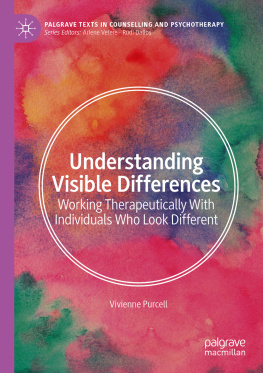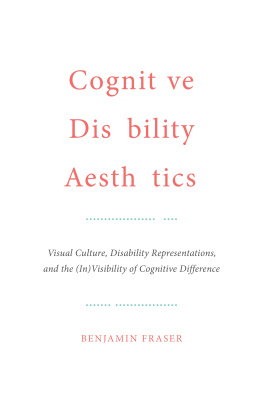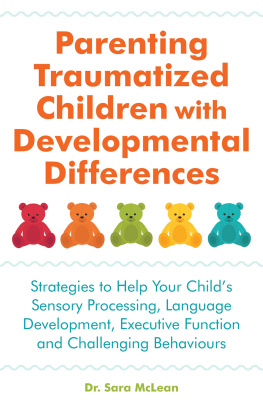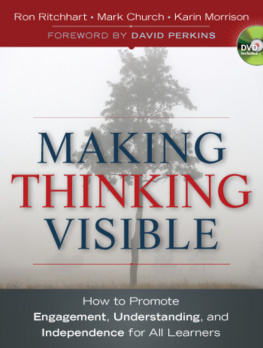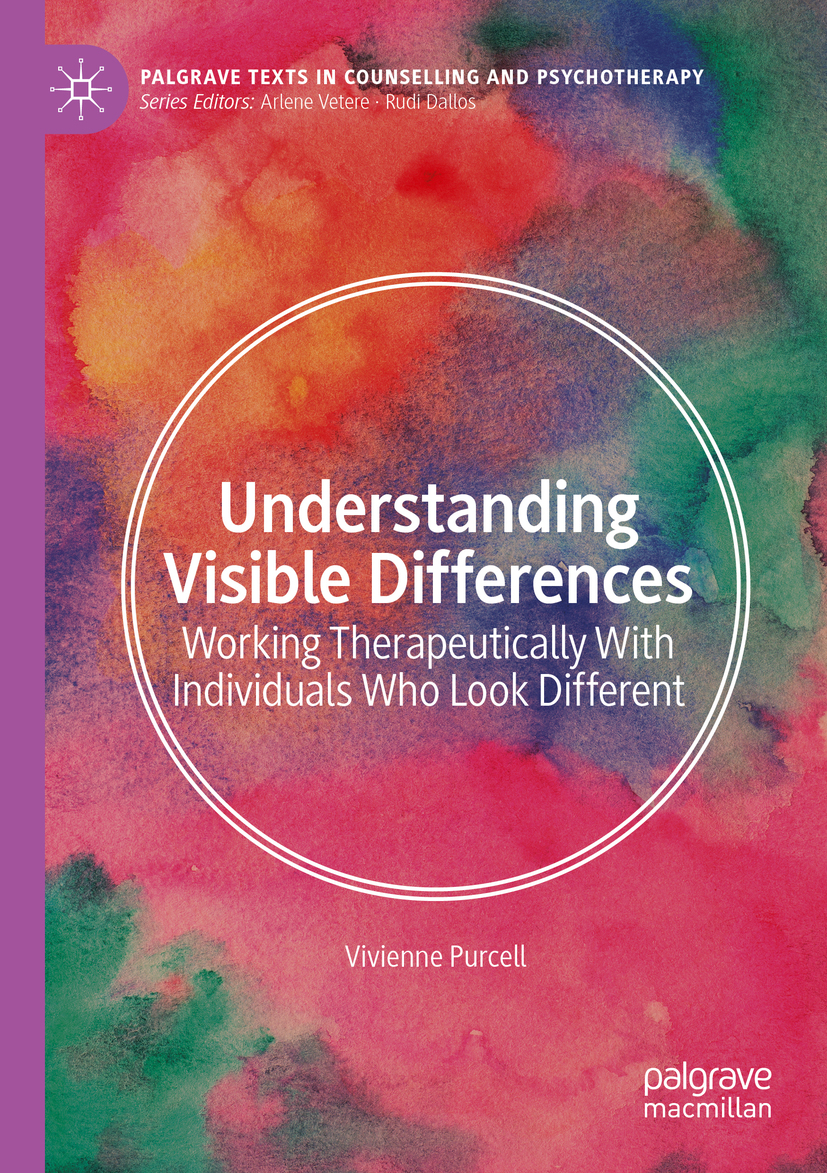Vivienne Purcell - Understanding Visible Differences: Working Therapeutically With Individuals Who Look Different
Here you can read online Vivienne Purcell - Understanding Visible Differences: Working Therapeutically With Individuals Who Look Different full text of the book (entire story) in english for free. Download pdf and epub, get meaning, cover and reviews about this ebook. City: Cham, year: 2021, publisher: Palgrave Macmillan, genre: Science. Description of the work, (preface) as well as reviews are available. Best literature library LitArk.com created for fans of good reading and offers a wide selection of genres:
Romance novel
Science fiction
Adventure
Detective
Science
History
Home and family
Prose
Art
Politics
Computer
Non-fiction
Religion
Business
Children
Humor
Choose a favorite category and find really read worthwhile books. Enjoy immersion in the world of imagination, feel the emotions of the characters or learn something new for yourself, make an fascinating discovery.
- Book:Understanding Visible Differences: Working Therapeutically With Individuals Who Look Different
- Author:
- Publisher:Palgrave Macmillan
- Genre:
- Year:2021
- City:Cham
- Rating:5 / 5
- Favourites:Add to favourites
- Your mark:
Understanding Visible Differences: Working Therapeutically With Individuals Who Look Different: summary, description and annotation
We offer to read an annotation, description, summary or preface (depends on what the author of the book "Understanding Visible Differences: Working Therapeutically With Individuals Who Look Different" wrote himself). If you haven't found the necessary information about the book — write in the comments, we will try to find it.
This book provides an evidence-based guide to working with visible difference in therapeutic practice. It explores how appearance problems intersect with other concerns causing mental health issues and provides clear guidance on treatment plans and related topics.
Visible difference is a bigger cause of mental distress than is often realised. One in five people have an appearance that is considered different to the normal population. The category of visible difference, previously described as disfigurement or simply disability captures a range of conditions with varying aetiology, severity, and extent. Differences in appearance can be the result of a birth anomaly, or be caused later in life through illness, physical trauma, or behaviour. Whatever the cause, visible difference can have a negative effect on how individuals are perceived and view themselves.
This timely work arrives at a moment of rising professional interest, due to the growth of social media use and the focus this puts on appearance (the amplification of appearance bias), and also influenced by the implications new research. The author draws on these findings together with her own research and practice to examine best practice and key issues in addressing visible difference. Particular consideration is given to establishing a good working therapeutic relationship. Whether a trainee, a recently qualified therapist, or an experienced professional wanting to broaden their understanding, this is the ideal text for anyone wanting to better understand this growing area of therapeutic practice.
Vivienne Purcell: author's other books
Who wrote Understanding Visible Differences: Working Therapeutically With Individuals Who Look Different? Find out the surname, the name of the author of the book and a list of all author's works by series.

